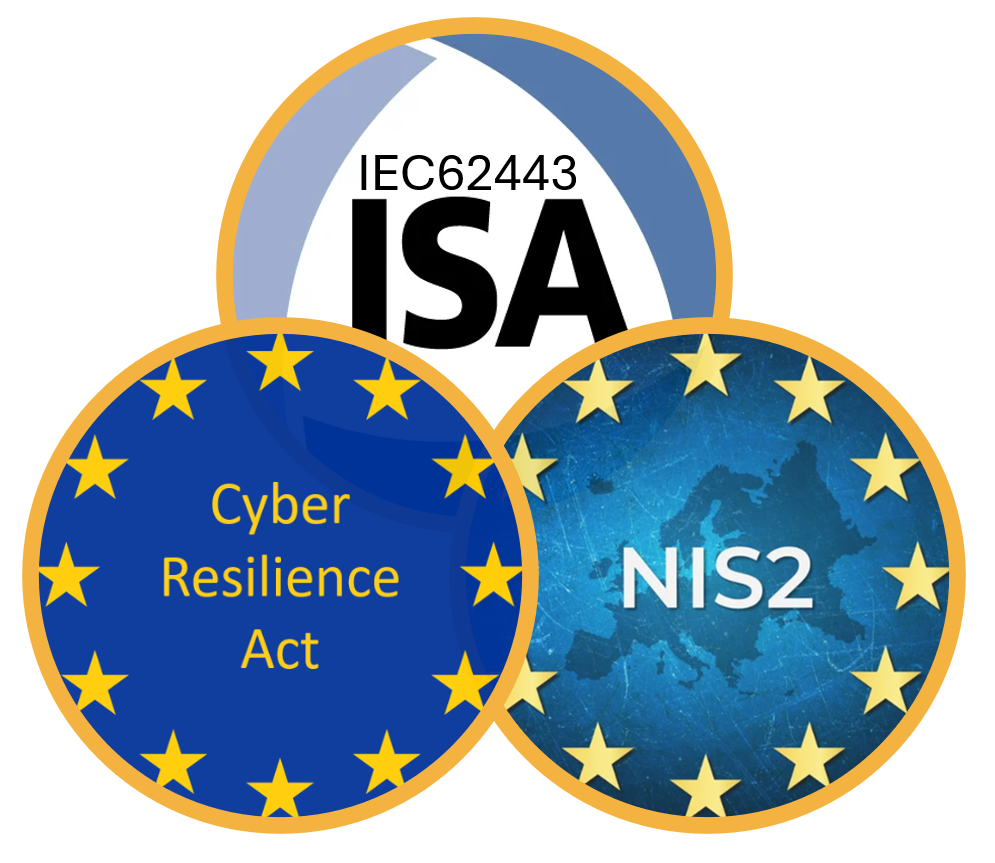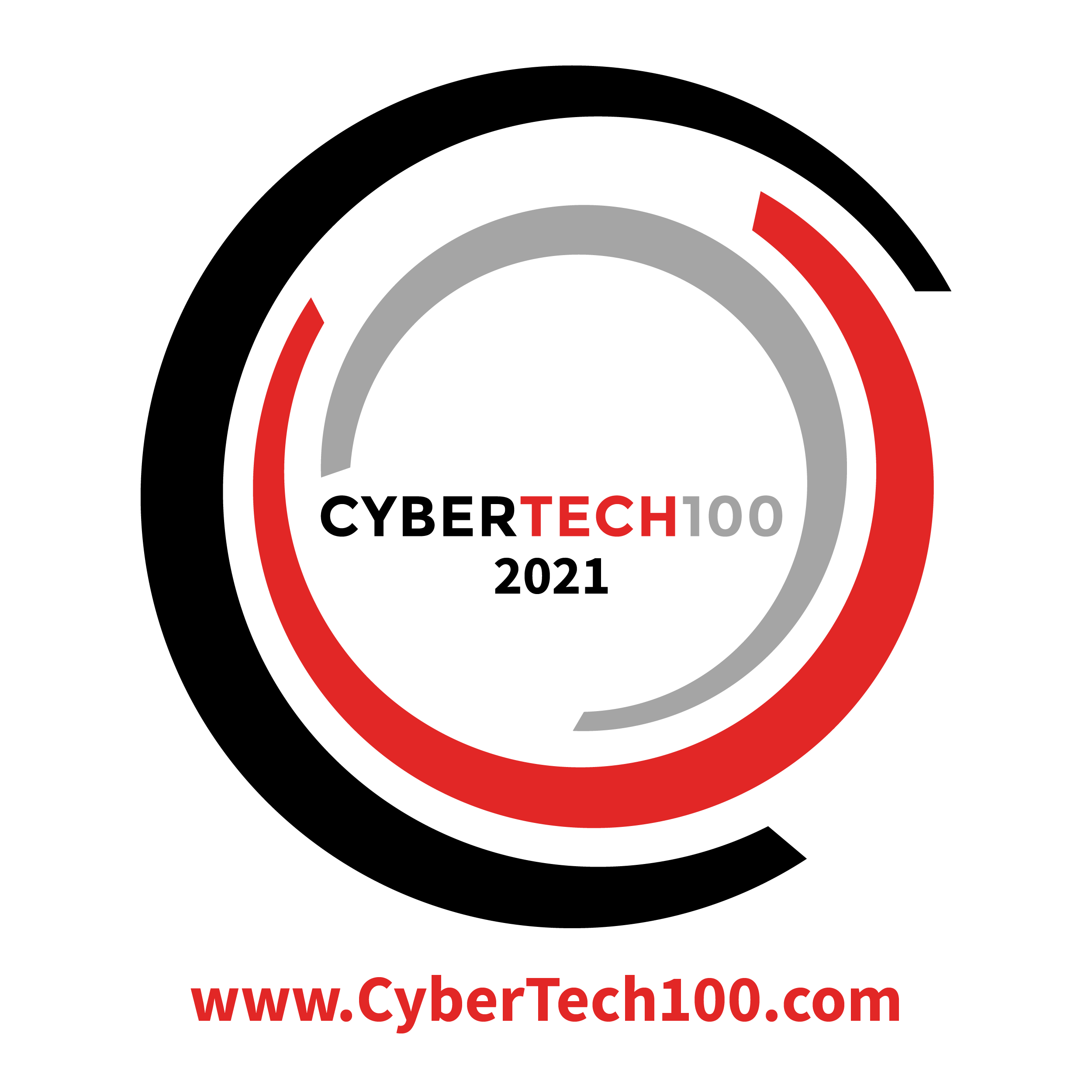Safeguarding Chemical Operations with Smarter Industrial Cybersecurity

Cyber Risks in the Chemical Industry
The chemicals industry is essential to sectors like pharmaceuticals, agriculture, energy, and manufacturing, but its dependence on ICS, SCADA networks, and complex supply chains has made it a prime target for cyberattacks. These attacks can cause serious consequences, including production delays, financial losses, supply chain disruptions, safety risks like the release of toxic substances, exposure of sensitive data, and costly ransomware demands.
Regulatory Pressure: Strengthening Security in Chemical Operations
Due to the high risk of cyber threats, governments and industry bodies have enforced stricter cybersecurity regulations, such as NIS2, IEC 62443, and the Cyber Resilience Act (CRA). These regulations require strong authentication, secure remote access, and enhanced monitoring of industrial systems to protect against cyber incidents. Chemical companies must ensure compliance to avoid financial penalties, legal consequences, and operational disruptions.
Notable Cyberattacks on the Chemicals Industry

2023: European Chemical Manufacturer Hit by Ransomware
A major chemical production company in Europe suffered a ransomware attack, forcing it to halt operations across multiple sites. The attack disrupted manufacturing processes and supply chain logistics, delaying chemical deliveries to pharmaceutical and industrial customers.

2022: North American Chemical Distributor Breached
Hackers infiltrated the IT and OT networks of a large chemical distributor, leading to the theft of confidential trade data and customer information. The company faced reputational damage and financial losses due to regulatory fines.

2021: Colonial Pipeline Ransomware Attack
While primarily affecting oil and gas, this attack highlighted vulnerabilities in chemical supply chains. The ransomware infection shut down fuel distribution for several days, exposing risks to chemical transportation and logistics networks.
Benefits of OT Auth Solutions
To mitigate cyber risks and comply with regulations, chemical manufacturers and distributors must adopt strong authentication and access control mechanisms. swIDch’s OT authentication solutions—PLC OTAC and OTAC Trusted Access Gateway (TAG)—provide a secure, scalable, and network-independent approach to protecting chemical facilities and logistics networks.
Why OT Authentication Matters for Chemical Security

Regulatory Compliance

Security for Remote Operations & Third-Party Contractors

Prevention of Supply Chain Attacks

Secure Access to Hazardous Facilities
-1.jpg)
How OT Auth solutions work
Traditional authentication in the chemicals industry relies on static passwords, VPNs, or network-based authentication, all of which are vulnerable to phishing, credential theft, and supply chain attacks. swIDch’s OT authentication solutions eliminate these risks by generating dynamic, unidirectional authentication codes that work even in offline environments.
How It Enhances Security in Chemical Manufacturing & Distribution:
🔹 Prevents unauthorised access to SCADA, ICS, and chemical processing systems.
🔹 Works in air-gapped environments, securing hazardous sites and critical infrastructure.
🔹 Eliminates reliance on network-based authentication, reducing exposure to cyber threats.
🔹 Requires no additional hardware, making it a cost-effective and scalable solution for chemical companies.
By adopting swIDch’s OT authentication solutions, chemical manufacturers and distributors can strengthen cybersecurity, comply with industry regulations, and protect critical operations from cyber threats.
-1.jpg)
Chemical Security FAQs
-
Chemical plants and distribution networks are prime targets for cyber threats, requiring strong access control to prevent unauthorised access.
-
They replace vulnerable static credentials with dynamic authentication, reducing the risk of breaches.
-
Yes, its scalable architecture allows deployment across multiple sites with centralised security management.
Award Highlights










